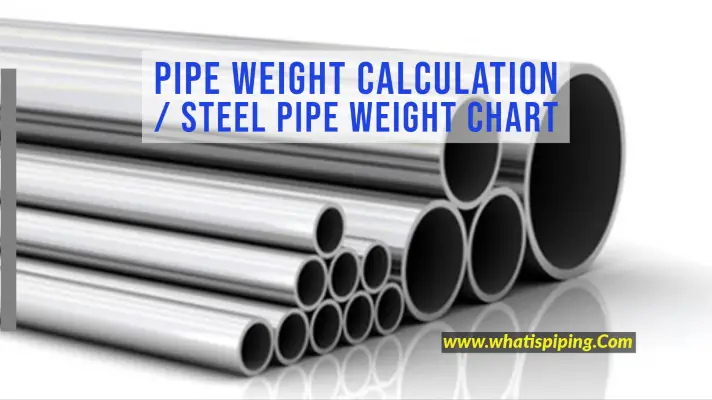Many a time we need to know the weight of a steel plate we are using. In general, for billing and procurement purposes, the weight of the steel part must be known. Most of the engineering steel products like pipes, plates, etc are sold in the market with respect to weight only. So, the calculation of steel plates or other products is very important. In this article, we will learn one of the basic formulas to calculate the steel plate weight manually so that we can easily prepare a steel plate weight calculator easily.
Parameters Affecting Steel Plate Weight
To calculate the weight of a steel plate, we have to know some of the parameters that affect the weight calculation. Before proceeding with the actual equation for calculating steel plate weight, let’s understand those parameters first.
For the calculation of steel plate weight, we need to know the following two pieces of information:
- Material Density
- Material Dimension (Length, width, and thickness)
Material Density
The weight of any product varies proportionately with respect to its density which means products with higher density will have more weight as compared to products with lower density. Here as we are talking about steel plates we have to know the density of the specific type of steel material.
Normally, Carbon steel has a density of 7850 Kg/m3 and stainless steel has a density of 8000 Kg/m3. These densities can vary depending on exact material grades and temperature. So, to calculate the steel plate weight of a specific grade, we have to find the density of that specific steel plate material.
The densities of a specific grade of material are usually available in the ASTM standards and Specific design codes. Alternately, you can approach the manufacturer to get the densities of their produced material.
Material Dimensions (Length, width, and thickness)
The length, width, and thickness of the steel plate are required to calculate the volume of the plate. All dimensions must be in a consistent unit to calculate the volume.
Formula for Calculating the Weight of Steel Plate
Once, the material density (D) and the plate length (L), Width (B), and Thickness (T) are known we can use the following formula to calculate the weight of the steel plate (W):
Weight of Steel plate =Density of the plate X Volume of the plate
W=D * (L*B*T)
Here for the metric unit
- W is in Kg
- D is in Kg/m3
- L, B, and T each are in m.
Calculating the Weight of Carbon Steel Plate
The weight of carbon steel plate=Length * Width * Thickness * Density
Let’s assume a carbon steel plate has a length of 10 m, a width of 4 m, and a thickness of 10 mm.
So, considering the density of the carbon steel plate as 7850 Kg/m3, the weight of the plate= 104(10/1000)*7850=3140 Kg.
In a similar way, we can calculate the weight of all other grades of carbon steel plates.
Note that, the actual metal weight while purchasing may vary significantly from the calculated weight as there will be variations of tolerance and composition during manufacturing.
Calculating the Weight of Stainless Steel Plate
In a similar way, to calculate the weight of SS or DSS plates you gave to know the dimensions and densities of the specific grade. Then multiply those in the consistent unit following the formula mentioned above and calculate the plate weight.
The same philosophy and equation can be used to calculate the weight of any plate. If the thickness of the plates varies then calculate the weight of each part and then finally add all to get the overall plate weight.
Steel Plate Weight Calculator
So, using the above formula you can easily prepare your own steel plate weight calculator in excel sheet, visual basic, or any other program. Also, you can get various online steel plate weight calculators for getting ready-made rough weights.
Click here to learn the calculation for pipe weight









wow, loved it. Is it cool with you if I translate and publish it on my blog ( https://ahanspot.com )?
there are lots of disinformation about this product in my country and this article can give them a true insight.
thank you again
Hi,
Am glad to meet you here. I am a petroleum and gas processing engineering but currently training as a subsea engineer option in Computer aided drafting and design CADD. It’s quite a new field of study for me but am anxious to develop that skill and tow a career path in that line. I really will be grateful if tutored on the basics of this new skill set.
Kenneth Ikechukwu
Hi there,
I think there’s a mistake in the calculation of the weight presented in the sample:
Let’s assume a carbon steel plate has a length of 10 m, a width of 4 m, and a thickness of 10 mm.
So, considering the density of the carbon steel plate as 7850 Kg/m3, the weight of the plate= 104(10/1000)*7850=3140 Kg.
In my opinion the equation should be: 40 (10/1000) *7850=3140 kg